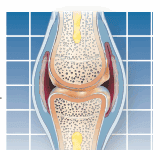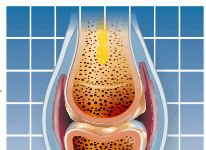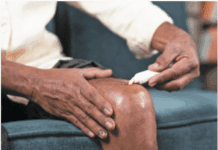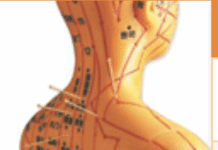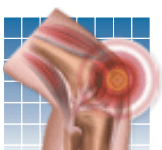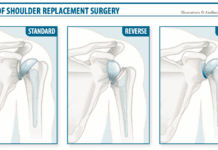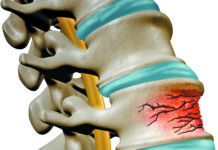Q. What happened to the promising “red pepper” shots for reducing joint pain from arthritis?
A
A few years ago, an injectable form of capsaicin (cap-say-sin), was widely touted as a potential treatment for osteoarthritis. Capsaicin comes from spicy peppers and affects nerves. This may be a familiar feeling from eating hot peppers and feeling the heat in your mouth. The hope, or hype, was that injecting capsaicin into painful joints would revolutionize osteoarthritis care. Initially, studies suggested that the treatment could essentially overload and then rewire nerve pathways, providing pain relief for months. The U.S. Food and Drug Administration (FDA) agreed to fast-track some injectable formulations pending additional clinical trial results. Some injectable capsaicin versions had safety issues in early trials, and some versions failed to show efficacy in later trials. Sadly, in phase III clinical trials investigating injected capsaicin for knee osteoarthritis, the promise simply did not live up to the hype. The injections did not work as hoped.



